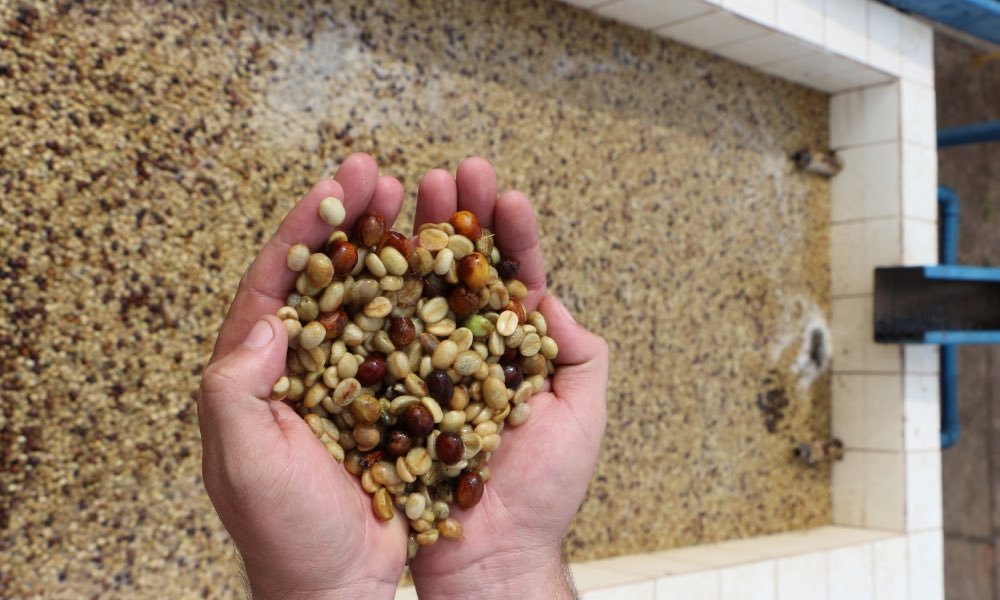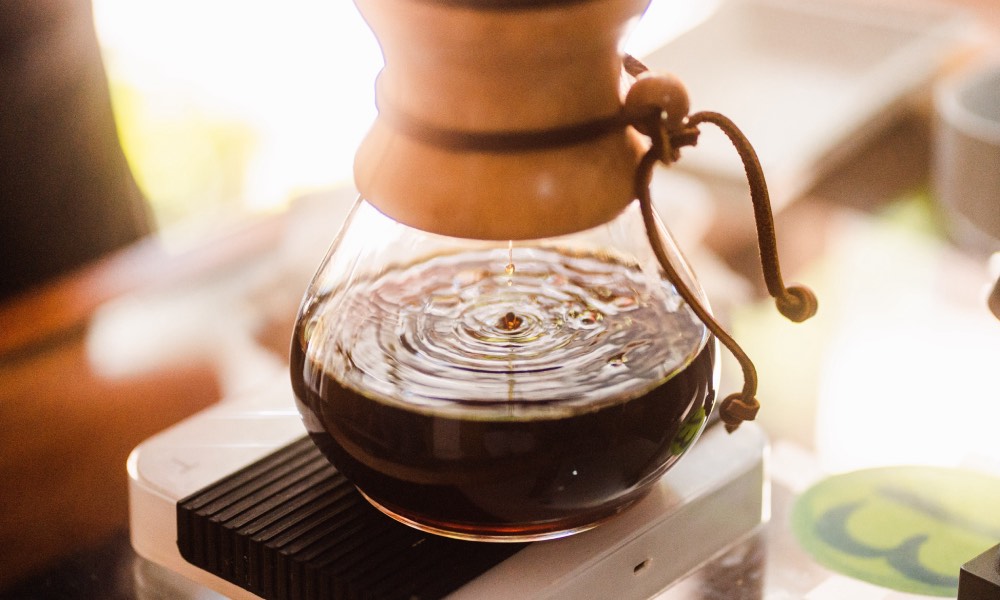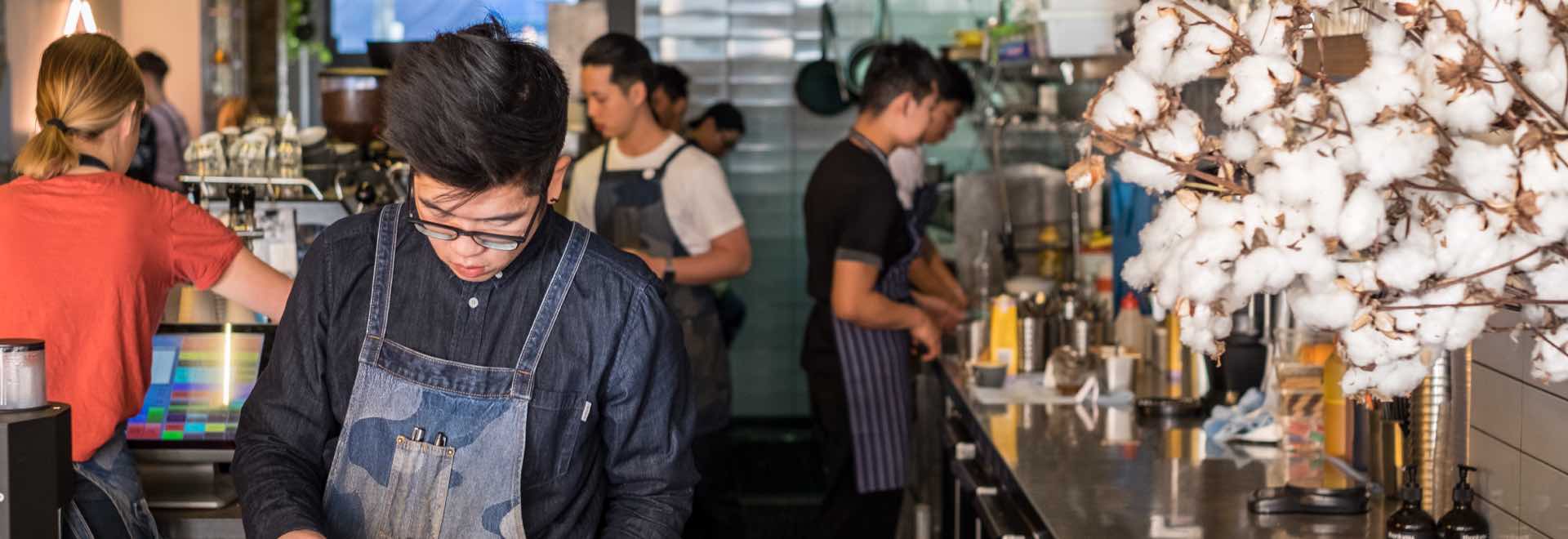Infused coffees: Will they get bigger in 2023?
Consumers are demanding more complex flavours and infused coffees are here with an answer. Lauren Loudon talks with Luke Schneider about how businesses can meet evolving customer preferences, and explores what may hold this trend back.
As specialty coffee brands find new ways to set themselves apart, some in the industry believe that infused coffees have pushed things too far.
Still, they have become one of specialty coffee’s most hotly-discussed topics in recent years.
Infusion can happen before or after roasting, or when the coffee is ground; but it most often takes place with green coffee.
Recently, producers have been developing methods to cater to an increased demand for complex flavours. Techniques such as anaerobic fermentation and carbonic maceration ferment coffee in pressurised tanks, diverting away from more traditional processing methods, (washed, honey, natural processing). Now, some producers are pushing this even further.
Non-coffee materials such as fruit pulp, ageing beans, and essential oils can be infused at drying or storage stages, but most commonly during fermentation.
Any molecule small enough to penetrate the pores in the walls of the green coffee is able to create alterations in flavour that the industry has previously not seen.

Infused coffee can attract a wider audience
Infused coffee is becoming an increasingly regular offering for cafés and roasteries. The average consumer is becoming more inquisitive and knowledgeable about the specialty coffee industry. Introducing these consumers to a new production technique is a great way to start a new conversation and position your brand as industry-leading.
Luke Schneider is the founder of Illinois-based roastery, Fire Department Coffee, which offers its own line of “spirit-infused coffees”. He believes that there is a rising demand for innovative coffee drinks, and infused coffees could be just the start.
“When you use high-quality ingredients and put love and passion into your process, you can create an elevated experience that is really special,” he says. “To me, that’s what specialty coffee is all about.”
Experimental processing methods largely appeal to younger consumers who are looking for new flavours, or more nuanced flavours within specialty coffee. Yet, Luke points out that there is no demographic that is specifically interested in infused coffees: “Ultimately, it’s a customer looking for an elevated sensory experience.
By utilising non-coffee substances, some people may not consider infused coffee to be “specialty coffee”. But as much as this is a challenge within the segment, it can also help businesses operate in other spaces and attract new customers.
“It’s not about doing what a few experts say because they are the so-called ‘experts’. Why should there be a rule book on specialty coffee?”
In an increasingly competitive market, infused coffees could play a big role in helping cafés and roasteries stand out.

Innovation or adulteration?
While some believe infusion can elevate the final cup profile and represents innovation within the industry, others question the alteration of naturally unique flavours.
Once the flavour has been manipulated by foreign substances, coffee’s sense of identity is called into question. The specific characteristics that are associated with an origin or variety are arguably blurred into redundancy.
For some, coffee should remain untampered with and the natural flavours of coffee preserved. The very meaning of specialty coffee can boil down to being able to talk about origin or processing methods through taste.
However, specialty coffee is also centred on innovation. Infusing coffee is experimental, pushing flavours into new territory – and that is what has bought the industry so far.
Some may argue that a producer who might otherwise produce a low-scoring coffee but has experimented with infusion should be seen as innovative. Not only are they pushing boundaries within the industry, but they are also raising the value of their lot.
Because of this contention, transparency and traceability are as important as ever – not only to identify what non-coffee substances have been used to safeguard against allergen and food hygiene risks, but also to preserve the uniqueness of single-origin coffee.
Regulating a new space within coffee processing
When looking closely at regulating this new space within coffee processing, the lines blur even further. While many non-coffee substances are added during fermentation, their greatest effect is not on flavour, but on the nature of fermentation itself – altering the yeast and bacteria balance that drives the metabolic speed of the process.
Indeed, the addition of cinnamon, which has been at the heart of controversy around infused coffees, has been happening since before “infused coffees” became so well-known. Its presence reduces yeast counts and moderates the microbes active in fermentation, or can minimise the production of acetic acid, resulting in less sour cup profiles and a lower risk of spoilage – reducing risk for the producer.
For longer than infused coffees have been growing in popularity, additives have been used to control and improve the fermentation process, mitigate against risk, and improve the sale price of a producer’s coffee.
In many cases, co-ferments are a rich source of natural yeast with high sugar and acid content; and while it is possible that their flavour and aroma could infuse with coffee, the greater effect is in the fermentation process itself.
This shows that, while some in the industry believe that infusion should be considered outside of specialty coffee, it is not so simple to disqualify a coffee because co-ferments have been used. Before their presence in the industry is cemented, the coffee industry must work to properly categorise infused coffees without discrediting processing techniques that producers have been using for years.







